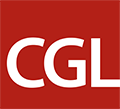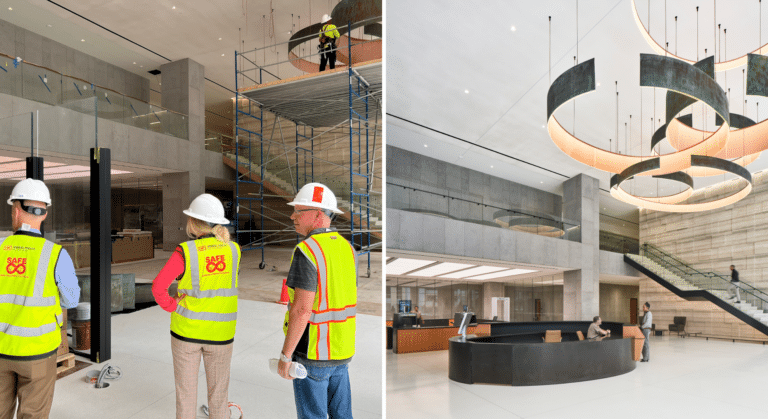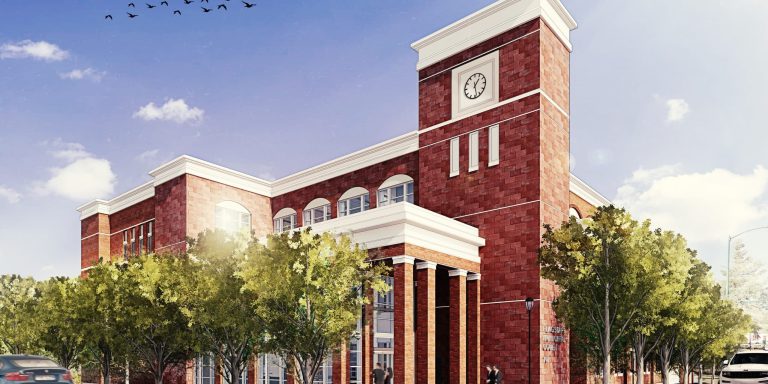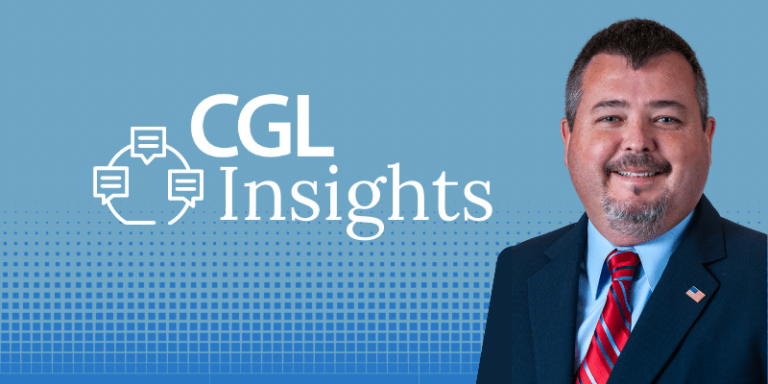
Choosing the Right Court Operations and Management Consultant: A Comprehensive Guide
Courts are a critical component of a structured society – courts simply cannot shut down. In addition to short-term solutions to current challenges (such as reducing current case backlogs), courts must develop and adopt new and innovative long-term solutions in how they effectively and efficiently operate, conduct business and provide open and equal access to justice in a changing world.
Challenges Faced by Today’s Courts
It’s no secret that over the past few years, courts have been faced with unprecedented challenges, including the following:
- the transformational impact of the covid pandemic;
- use of remote/virtual hearings;
- availability of remote work environments;
- expanding access to justice and the judicial system;
- increase in caseload backlog;
- need to implement, create and/or update disaster recovery programs and continuity of operations plans (COOP);
- changing societal views of the justice system;
- continued expansion of alternative dispute resolution;
- expansion of restorative justice concepts;
- needed improvements to case management and docketing systems;
- re-imagining the jury qualification, selection and seating process.
On top of these formidable challenges, courts are also impacted by staffing concerns, including recruitment and retention, and the ever-present need to do more with less. Of course, all of these challenges must be met in a manner that protects the legal and constitutional rights of individuals within the justice system and fulfills your court’s core responsibilities – so how do courts go about remedying these tough-to-tackle issues?
During my tenure as Presiding Judge, I was responsible for all court operations, management and planning, including collaborating closely with the funding entity responsible for courthouse facilities to ensure that the needs of stakeholders would be met. Working together, we were constantly on the lookout for effective strategies and impactful ways to systematically improve the operational efficiency of our courts and enhance the administration of justice. However, this is easier said than done and can prove to be a time intensive effort, especially when faced with today’s staffing concerns as previously mentioned. Sometimes, hiring an outside consultant that brings both a comprehensive experience and unique perspective can be a tremendous benefit to courts as they address current challenges and embrace future opportunities.
Looking to Outside Help
Before you make the leap to hiring an outside consultant or agency, it’s important to be aware of the types of services and level of support you should expect to gain from the experience. Each courthouse facility and system is unique, and requires a specialized approach catered to your specific circumstances. To help get you started on your journey to identifying the best path forward, below I’ve compiled an outline of the services an effective court operational consultant should be able to provide to courts navigating through numerous challenges and changes.
The strategies and approaches outlined below are continuous – they should be monitored, assessed and reassessed on an ongoing basis so the solutions and implementation strategies can be modified as needed. In addition, although there are many consistencies in approaches, the strategy for each court must be tailored to that court’s unique needs and circumstances.
From a general perspective, a comprehensive analysis should include the following steps:
- Develop Baseline Data on Performance
- Comprehensive Visioning, Interviews and Discussions with Representatives of Court Departments and Divisions.
- Develop Strategies and Procedures to Attain Desired Improvements and Efficiencies.
- Implementation
Now let’s explore each of these steps in more detail…
Step 1. Develop Baseline Data on Performance
To provide appropriate, future recommendations, current conditions and circumstances must be understood. The right court experts will analyze procedures, processes, data, and performance measures related to all aspects of current court operations and management, including case docketing and processing, case management, trial processing, access to courts, use of remote technology and any other elements related to court operations. The scope of the baseline evaluation must be tailored to your needs, but typically should include, at a minimum, an in-depth analysis of the following elements:
A. Current court structure, operations, processes and procedures, including judicial, administrative and clerical departments and divisions.
- Identification of potential bottlenecks and impediments to efficient operations and provide valuable context to data analysis.
- Evaluation of the role and impact of diversion courts, alternative dispute resolution, pre-trial alternatives to detention.
- Staffing review of all divisions and departments, including levels of staff, utilization of staff, recruitment, and retention. This includes evaluation of current remote work utilization.
- Court support services
- Interaction with other justice entities to help identify potential cross-disciplinary challenges and opportunities.
B. Case filing, docketing and processing, case management, dispositions, including a review and analysis of historical data, including the following:
- Number of case filings, type of case filings, intake processes, processing procedures for cases and record keeping;
- Caseloads and backlogs. This typically includes pre-covid analysis because 2020-2021 (and into 2022) data is skewed by the impact of covid;
- Case management and processing, including methodology and time to attain different benchmarks;
- Case docketing and scheduling, including use of differentiated docketing;
- Dispositions and outcomes:
- Gather data and analyze all dispositions – settlements, trials (bench and jury), dismissals, diversions, types of cases (civil, criminal, domestic, and juvenile, as well as types within those various categories), non-adjudicated outcomes;
- Length of time to disposition;
- Clearance rates.
C. Space Utilization of all divisions and departments of the court.
D. Physical facilities.
E. Juror summons and selection process and utilization.
Step 2. Comprehensive Visioning, Interviews and Discussions with Representatives of Court Departments and Divisions.
This step centers on interaction with, engagement of, and feedback from court employees. This provides multiple benefits in the overall operational analysis, including: increasing a sense of ownership in the process, obtaining information that is not apparent or reflected in a data analysis, providing “unvarnished’ insight into the overall work environment as well as discrete challenges within each department or division, and providing an open forum to discuss the perceptions, wants, needs, and vision of what your employees see and experience now and what they want the court to be in the future. Although discussions should be led and focused, there also needs to be enough freedom to allow for open, wide-ranging discussion. Topics to be addressed include the following:
A. Courthouses of the future.
B. Courtrooms of the future.
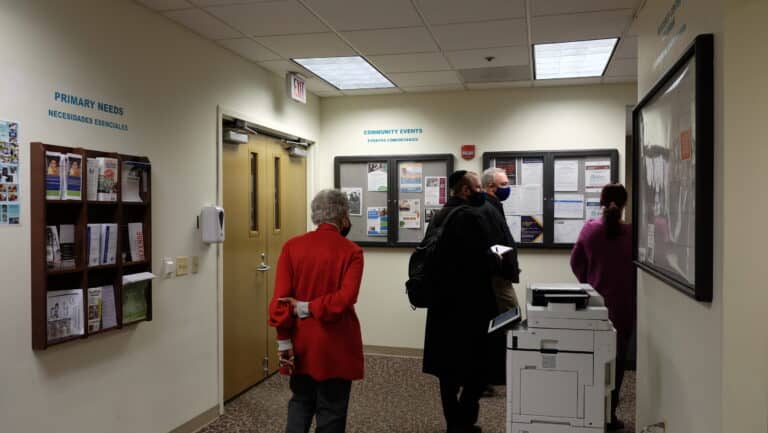
Expert court consultants should take the time to interact and engage with court employees and important stakeholders through visioning sessions, interviews, tours (as seen above), etc. in order to provide a truly thorough overall analysis of current challenges, wants, future needs, and the overall vision of how your courts should operate.
C. Improvements to case docketing and processing and other options leading to quicker dispositions.
D. Remote access – strengths and limitations, future use, access.
E. Services for self-represented litigants.
F. Review and/or development of disaster recovery plans and continuity of operations plans.
G. Changing work force and work environment. Opportunities for remote work.
H. Improved interaction with other justice entities or utilization of a cross disciplinary council.
I. Impact or non-impact of changing societal norms and view of courts.
J. Impact of alternative dispute resolution, diversion courts, alternative services.
K. Consideration of what it means to transition from courthouses as a portal to justice services, to a justice resource center which includes access to services and resources not historically provided by courts, connecting litigants and citizens to social services that can improve the administration of justice. This consideration would include evaluation of whether this transition is an appropriate priority for the court at this time.
Step 3. Develop Strategies and Procedures to Attain Desired Improvements and Efficiencies.
Information gathered from the data analysis, together with information from staff discussions and visioning, will allow for the creation of specific strategies, procedures and protocols which are appropriate for your court. The goal is to prioritize and customize solutions to challenges that meet the needs of the court and its staff, so they can improve operations and processes to accomplish their constitutional mission. These strategies will potentially include the following:
A. Enhanced use of remote technologies, while also addressing existing impediments to such technology.
B. Provide kiosks or alternative access to court information.
C. Create a cross-disciplinary council or committee to enhance operations that impact the court and other entities, including prosecutor, public defender, sheriff’s department, courthouse security, detention center and agencies providing alternatives to detention.
D. Re-configure departments and divisions within the courthouse and relocation of staff with the overall goal of improving the efficient performance of job responsibilities.
E. Create differentiated dockets or modification of existing dockets to more efficiently process cases.
F. Use technology to improve case flow.
G. Enhance the flow of people throughout the courthouse.
H. Improve processes for jury summons, remote qualification, selection and seating of jurors.
I. Expanded use of alternative dispute resolution options, including in criminal cases.
J. Preparation for the next disaster or pandemic (or other situation) that interferes with the court’s ability to process cases, including continuity of operations and disaster recovery considerations.
K. Identify short-term solutions to existing case backlogs. Identify ways that short-term solutions will enhance long-term improvements.
L. Develop long-term solutions to enhance the prompt processing of cases.
Step 4. Implementation
The best prepared plans and strategies are not effective if they are not implemented. The right court expert consultant or partner agency will assist in the development of an overall implementation plan and provide guidance and assistance as your court engages and adopts the plan. This must include:
A. Step-by-step implementation of action points.
B. Timeline for implementation.
C. Assigned staff to lead the implementation of each action.
D. Monitoring of implementation and strategy for adjusting plan as issues are identified.
Implementation is a full time endeavor requiring staff time and leadership commitment. Your court expert of choice should ease the burden of this effort by helping you strategically navigate through this process and embrace the opportunities presented.
About the Author
Judge David M. Byrn (Ret.)
Judge Byrn joins CGL after serving 13 years as a Circuit Court Judge in the 16th Judicial Circuit of the State of Missouri. While serving as Presiding Judge, he was responsible for all court operations, management and planning. He regularly collaborated with the funding entity responsible for courthouse facilities, ensuring that the needs of all stakeholders would be met. Prior to his appointment to the bench, he practiced law for 27 years with the law firm of Jeter Rains & Byrn, LC. While in the private practice of law, he handled a broad variety of legal matters. The primary emphasis of his legal practice was business, real estate, construction, and commercial transactions and litigation. Judge Byrn brings a pivotal perspective to the justice services team by providing valuable insight into the operational aspect of the judicial system.
Contact info@cglcompanies.com for more information
